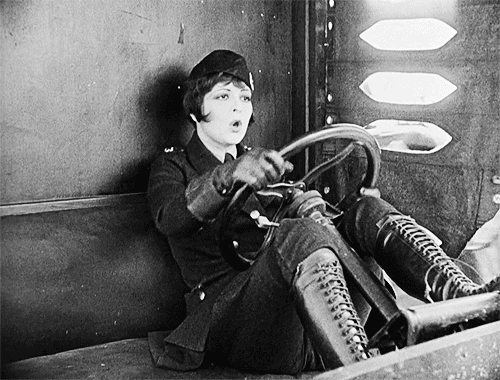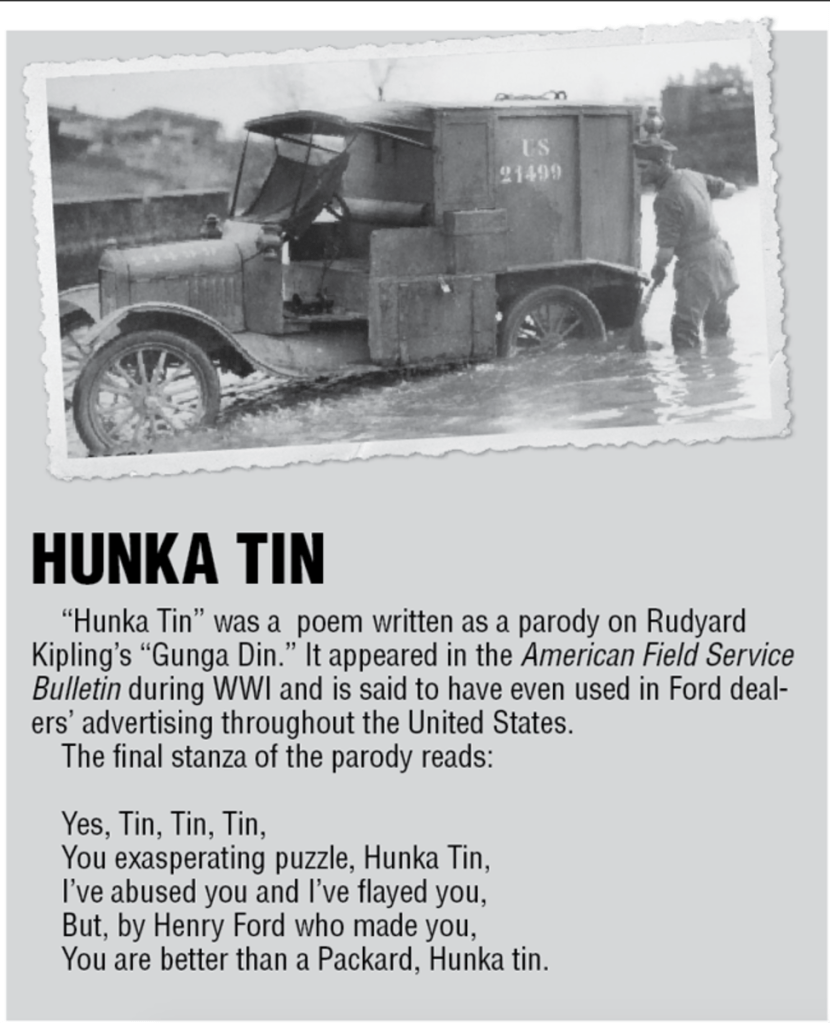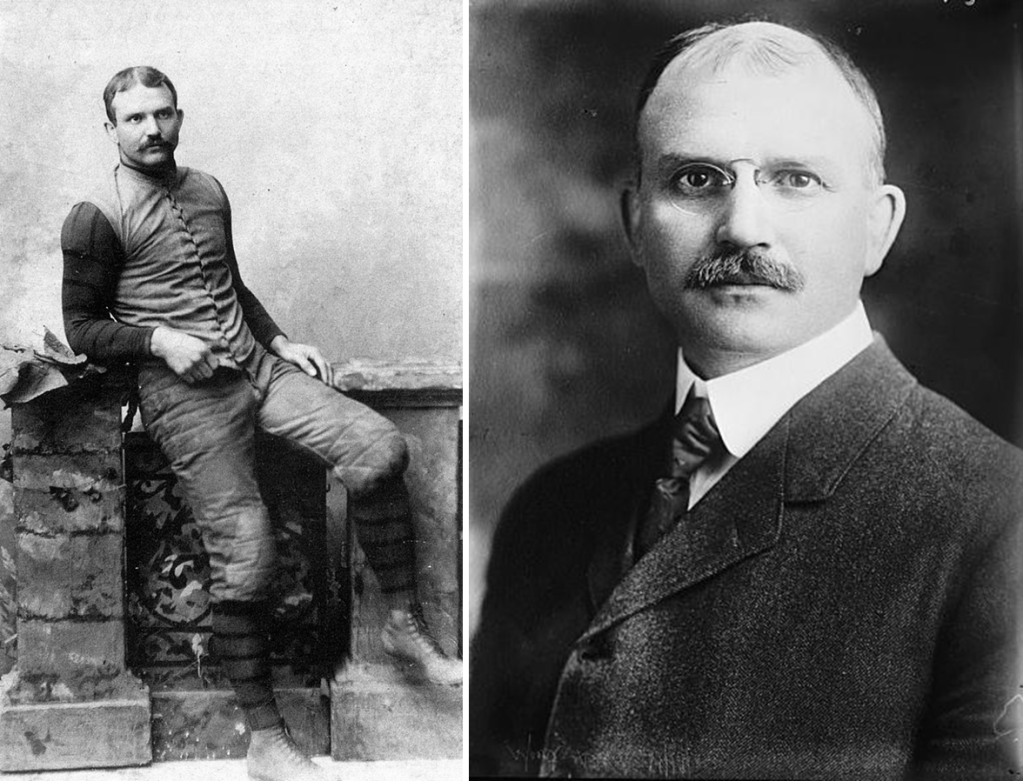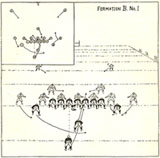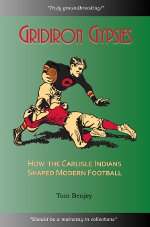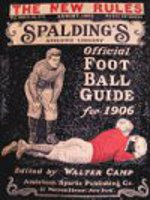
I’ve decided to put off telling the story of Fred Simond’s movie career until I reach that point in his life and pick up with his high school days. Fred’s dad was a highly skilled mechanic and bought a 1957 Pontiac as a project for him to teach Fred auto mechanics. The oil in the car had turned to sludge due to a lack of maintenance by the previous owner. It made a perfect project car because it was cheap and needed a ton of work. But things didn’t work out that way. Fred’s dad didn’t teach Fred how to do anything. He did it all himself and gave Fred little chance for involvement. Repainted a dark red, the Pontiac was a good car for a young driver.
After high school, Fred got a job at McDonnell Aircraft. After working there long enough to save up some money, he bought a brand new yellow 1964 Chevelle Super Sport convertible with a black interior. A very cool ride (to use a term not in use at the time). It was a very sharp car powered by a 283 cubic Chevy engine with the Power Pack option and four on the floor. He may have done this to get at his father. Fred’s dad was a Ford man through and through. One of the reasons he had selected the Pontiac for the project car was that it gave him opportunities to show Fred the shortcomings of General Motors cars. I’m not aware of his father objecting to the Chevelle; his head may have been about ready to explode but might not have wanted Fred to see that he had gotten his father’s goat.
Motorheads considered Fred owning this car a complete waste. Fred was a very responsible driver, even as a teenager when many other boys were hot rodding whatever they could get their hands on. With 220 horses at his command, Fred drove like a middle aged family man, eschewing squealing his tires at red lights and stop lights and not drag racing like was common at the time (see American Graffiti).
Next time: Fred’s life shifts in a major direction.

